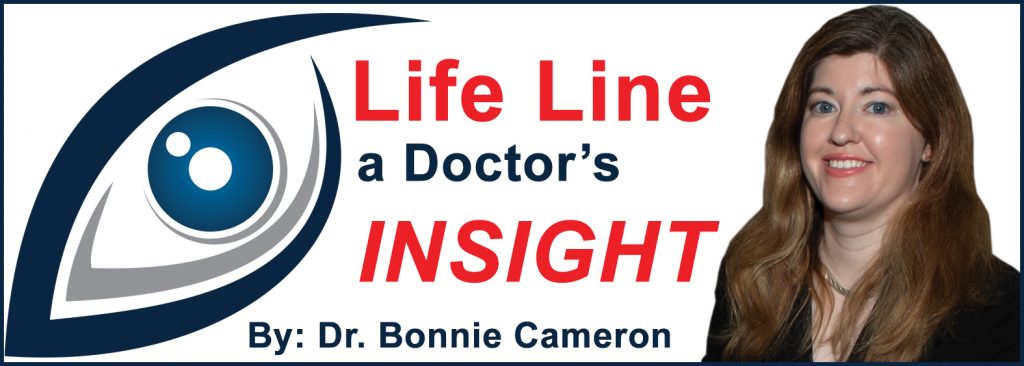As many as 11 million people have some form of Macular Degeneration. This number is projected to double in 2050 according to Bright Focus Foundation. Macular Degeneration or AMD typically affects those 75 and older with a ¼ chance of this population acquiring the condition. Those who acquire AMD under the age of 75 are at greater risk of blindness.
There are two types of Macular Degeneration; Wet and Dry. In the dry form, the light sensitive cells of the macula slowly break down, distorting and finally prohibiting the recognition of light rays. Vision can range from 20/25 to 20/200. This is the most common type, accounting for 90 percent of diagnosed cases.
Wet macular degeneration accounts for approximately 10 percent of cases, but results in 90 percent of legal blindness. It is considered advanced macular degeneration Wet AMD is always preceded by the dry form of the disease. Not all Dry forms convert to the Wet form. Early detection is key to inhibiting the conversion from Wet AMD to Dry AMD.
Age-related macular degeneration is an irreversible destruction of the macula, which leads to loss of the sharp, fine-detail, vision required for activities like reading, driving, recognizing faces, and seeing the world in color. Visual acuities with the disease can range from 20/30 to legal blindness. Legal blindness is defined as vision that can not be corrected better than 20/200.
Although there is no cure for Macular Degeneration, if caught early, there are things you can do to slow down its progression. Regular exercise and healthy weight maintenance. Eating a diet that is high in fruits, vegetables, and fish. Keeping your blood sugar and cholesterol in normal ranges. Quit smoking and use of other tobacco products. Protect your eyes from the harmful UV rays and blue light.
There are a few warning signs that you can look out for such as:
- Reduced central vision
- Visual distortions, such as straight lines seeming bent
- Decreased intensity or brightness of colors
- Difficulty recognizing faces
- And trouble seeing at night
There are screening tools your eye doctor can use for early detection. Dilated eye exams, Ocular Coherence Tomography, and AdaptDx are all tools which can pick up early signs of AMD. Ask your eye doctor which of these options are available.
Here at Cameron Optical your eye Heath is our number one priority. As with any disease early detection is the best. Keep your 20/20 vision remember to get your yearly eye exam this 2020.
